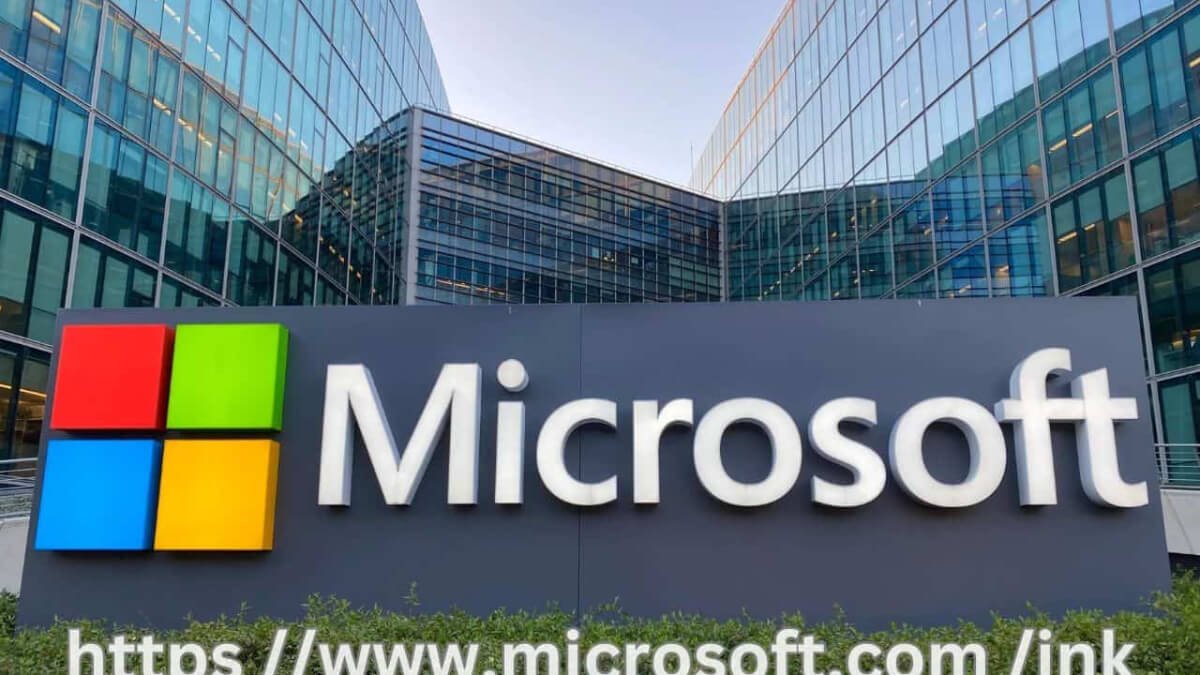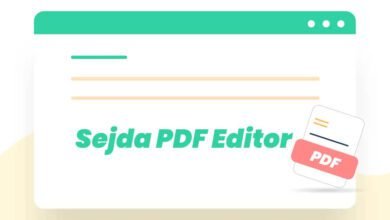In the rapidly evolving landscape of technology, the fusion of creativity and digital tools has become more profound and dynamic. Microsoft has consistently been at the forefront of this evolution, particularly with its innovative platform, Microsoft Ink. Accessible via https //www.microsoft.com /ink, Microsoft Ink is an exemplary showcase of how digital inking can revolutionize interaction with technology. This article delves into the intriguing aspects of Microsoft Ink, exploring its features, creative potential, and how it shapes the future of digital artistry.
The Genesis of Microsoft Ink: https //www.microsoft.com /ink
Microsoft Ink emerged as a groundbreaking initiative aimed at integrating digital inking into the broader ecosystem of Microsoft’s technology suite. The platform is part of Microsoft’s ongoing efforts to enhance user experience and creativity through digital tools. From its inception, Microsoft Ink has been designed to harness the power of digital inking, providing users with versatile and intuitive ways to express their creativity.
The Evolution of Digital Inking
Digital inking refers to the process of using a digital pen or stylus to write, draw, or annotate directly onto a screen. This technology has evolved significantly over the years, moving from simple note-taking applications to sophisticated platforms that enable complex artistic and professional tasks. Microsoft Ink represents a pivotal development in this evolution, offering a range of features that cater to both casual users and professional creators.
Key Features of Microsoft Ink
Microsoft Ink is rich with features designed to enhance the creative process and streamline interaction with digital content. Below are some of the key features that make Microsoft Ink a powerful tool for users:
1. Intuitive Drawing and Writing Tools
At the heart of Microsoft Ink is its suite of drawing and writing tools. These tools are designed to replicate the feel of traditional pen and paper, offering a natural and responsive experience. Users can choose from various pen types, colors, and thicknesses, allowing for a high degree of customization. Whether sketching a quick idea or creating detailed artwork, these tools provide the flexibility needed for diverse creative tasks.
2. Integration with Microsoft Office Suite
One of the standout features of Microsoft Ink is its seamless integration with the Microsoft Office suite. Users can annotate documents, create diagrams, and highlight key information directly within applications like Word, Excel, and PowerPoint. This integration not only enhances productivity but also enables more interactive and engaging presentations and reports.
3. Digital Note-Taking Capabilities
Microsoft Ink supports advanced note-taking features that go beyond traditional methods. Users can convert handwritten notes into text, making it easier to organize and search through notes. This feature is particularly useful for students, professionals, and anyone who needs to keep detailed records in a more flexible format.
4. Creative Apps and Tools
Microsoft Ink is also integrated with various creative applications, such as Microsoft Paint and Microsoft Whiteboard. These applications leverage the capabilities of digital inking to offer users a range of creative possibilities, from simple doodles to complex digital paintings. The platform supports pressure sensitivity and tilt functionality, providing a more realistic drawing experience.
5. Collaboration and Sharing
Collaboration is a key aspect of modern creativity, and Microsoft Ink facilitates this through its sharing and collaboration features. Users can share their inked documents and artwork with others, allowing for real-time feedback and collaborative work. This feature is especially beneficial for teams working on projects or individuals seeking input on their creative work.
The Creative Potential of Microsoft Ink (https //www.microsoft.com /ink)
Microsoft Ink opens up new avenues for creativity, allowing users to explore and express their ideas in innovative ways. Here are some of the ways in which Microsoft Ink transforms the creative process:
1. Enhanced Visual Communication
Visual communication is a powerful tool for conveying complex ideas and concepts. Microsoft Ink enables users to create detailed illustrations, diagrams, and annotations that enhance their visual communication. This is particularly valuable in fields such as education, design, and business, where clear and effective communication is crucial.
2. Flexibility and Experimentation
The digital nature of Microsoft Ink provides users with a level of flexibility and experimentation that traditional media cannot match. Artists can experiment with different styles, colors, and techniques without the constraints of physical materials. This freedom allows for greater creativity and innovation in the creative process.
3. Integration with Modern Technologies
Microsoft Ink is designed to work seamlessly with modern technologies, including touch screens, digital pens, and cloud-based services. This integration ensures that users can access their inked content from various devices and locations, enhancing productivity and creative collaboration.
4. Accessibility and Inclusivity
Digital inking technology has the potential to make creative expression more accessible and inclusive. Microsoft Ink supports various accessibility features, such as voice commands and screen readers, making it easier for individuals with disabilities to engage in creative activities. This inclusivity fosters a diverse and vibrant creative community.
Case Studies and Success Stories
To illustrate the impact of Microsoft Ink on creativity and productivity, let’s explore some real-world examples of how individuals and organizations have harnessed its capabilities:
1. Educational Innovations
In educational settings, Microsoft Ink has been used to create interactive lessons and engaging learning materials. Teachers have utilized digital inking to annotate textbooks, create visual aids, and provide personalized feedback to students. This has led to more dynamic and effective teaching methods, enhancing the learning experience.
2. Design and Illustration
Professional designers and illustrators have embraced Microsoft Ink for its precision and versatility. The platform’s tools allow artists to create detailed and intricate designs, experiment with different techniques, and collaborate with clients and colleagues. This has streamlined the design process and facilitated more creative and efficient workflows.
3. Business Presentations
In the business world, Microsoft Ink has been used to create compelling presentations and reports. Professionals have leveraged digital inking to highlight key points, annotate data, and visualize complex information. This has resulted in more engaging and impactful presentations that capture the audience’s attention.
The Future of Digital Inking
As technology continues to advance, the potential of digital inking is bound to grow. Microsoft Ink is poised to play a significant role in this future, offering new features and capabilities that will further enhance the creative process. Here are some potential developments to watch for:
1. Enhanced AI Integration
Artificial intelligence (AI) is expected to play a larger role in digital inking, providing advanced features such as automatic colorization, pattern recognition, and style transfer. These AI-powered tools will offer users even more creative possibilities and streamline the artistic process.
2. Augmented Reality (AR) and Virtual Reality (VR)
The integration of digital inking with augmented reality (AR) and virtual reality (VR) technologies could open up new dimensions for creative expression. Imagine creating and interacting with 3D inked designs in a virtual environment or using AR to overlay digital ink on the physical world. These innovations could transform how we engage with digital inking.
3. Expanded Device Compatibility
As digital devices become more advanced, Microsoft Ink will likely expand its compatibility to include a wider range of devices and platforms. This will ensure that users can access their inked content and creative tools from various devices, enhancing flexibility and convenience.
Conclusion
Microsoft Ink (https //www.microsoft.com /ink) is a testament to the transformative power of digital technology in the creative arts. By combining intuitive digital inking tools with seamless integration across Microsoft’s ecosystem, the platform empowers users to explore new creative possibilities and enhance their productivity. As we look to the future, Microsoft Ink is set to continue its role as a leading force in digital creativity, driving innovation and expanding the boundaries of what is possible in the digital world. Whether you’re a professional artist, educator, or business professional, Microsoft Ink offers a wealth of opportunities to elevate your creative endeavors and transform the way you interact with technology.
You may also read: The Pizza Edition




